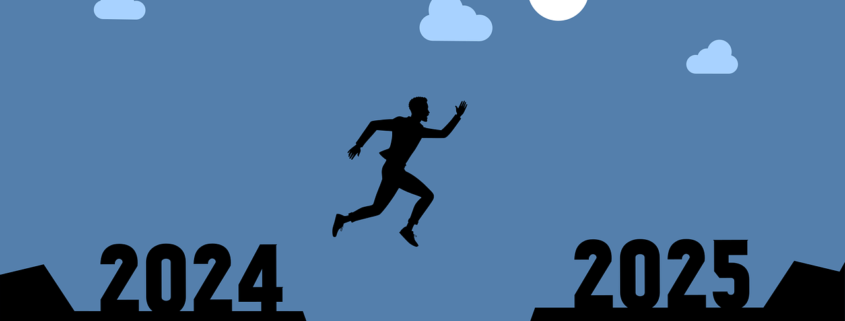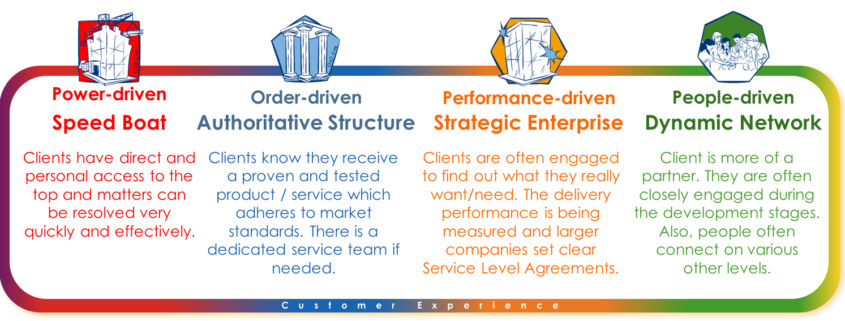Helping practitioners and users of Insight and Market Research, coach themselves and their company. In our last article, Walking the Growth Mindset Path, we introduced the idea that essential shifts in mindset are necessary to help individuals and teams embrace change, unlock potential, and sustain high performance.
But mindset alone isn’t enough—we need clear, actionable steps to transform insight into tangible outcomes. That’s where the B.U.I.L.D.® Framework comes in.
@Lara Meyer and I have developed B.U.I.L.D.® as a structured approach to creating meaningful, lasting change. It’s designed to surface areas of focus (including blind spots) and then bridge the gap between understanding growth mindset principles and embedding them into everyday behaviours and business strategies. By working through these five stages, individuals, teams, and organisations can develop the resilience, adaptability, and performance needed to thrive in an evolving world.
The B.U.I.L.D.® Framework
- Baseline – Understanding where you are today.
- Upskill – Equipping your people with the right mindset and tools.
- Implement – Turning insights into action.
- Learn – Measuring progress and refining the approach.
- Develop – Embedding growth for long-term success.
BASELINE: Understanding where you are today
We start by assessing your current culture—what’s working, what’s not, and where the opportunities lie.
This involves deep listening and analysis, including depth interviews, team workshops, confidential employee surveys, and relevant desk research. By identifying challenges, pain points, and aspirations, we create a clear starting point for growth.
UPSKILL: Equipping your people with the right tools
Mindset shifts require skill-building, and it’s not a given that your teams have the tools they need, in order to drive growth.
We provide targeted training on mental fitness, resilience, and leadership, helping individuals and teams develop the habits that sustain growth. This includes time-based coaching support and PQ Mental Fitness Training, delivered either one-to-one or in team-based cohorts over six weeks. These sessions create the foundation for sustainable change.
IMPLEMENT: Turning insights into action
The best strategies are those that get put into practice. We guide organisations in applying their insights to strategy and day-to-day operations.
This includes Leadership Team Vision Crystallisation Sessions to define purpose and direction, as well as Action Planning Workshops to create structured roadmaps for execution. These practical steps ensure that mindset shifts translate into meaningful action.
LEARN: Measuring progress and refining the approach
What gets measured gets managed. What we mean by this is that sustainable growth requires regular check-ins and reflection.
We help teams track progress and measure impact through structured evaluation processes, including interim surveys and quarterly management reviews. This step ensures accountability and allows for agile adjustments based on real-time feedback, reinforcing momentum and focus.
DEVELOP: Embedding growth for long-term success
True transformation isn’t a one-time event—it’s an ongoing process.
In this final stage, we refine propositions, strategies and support long-term development. This includes one-to-one coaching on key challenges (such as handling conflict, overcoming sales objections, or ensuring ethical compliance), strategic Customer Value Proposition (CVP) workshops, and input into talent recruitment to build a strong, future-ready workforce.
Why B.U.I.L.D.®?
We developed the B.U.I.L.D.® framework because it reflects the work we do—helping individuals, teams and organisations construct a solid foundation for growth. Unlike one-off training sessions, our approach creates a continuous cycle of learning, applying, and refining. Whether you’re leading a team, driving organisational change, or simply looking to enhance your own mindset and performance, B.U.I.L.D.® provides a structured yet flexible path to meaningful growth.
Ready to B.U.I.L.D.® a growth culture in your team or company?
Let’s connect. We’ll share our insights, make some recommendations and outline our tailored approach for you to rapidly improve performance, relationships and wellbeing to help your organisation thrive.
You can email us both – and we’ll get right back to you to set up a time to chat
Lara – lara@lara-meyer.com
Jeff – jeff.deighton@insight-engineers.com
Download more information here
What’s next? The next 5 articles will share more detail on each of the 5 steps in the B.U.I.L.D © framework: Baseline, Upskill, Implement, Learn, Develop
Read our previous article “Walking the Growth Mindset Path“




 Sourced from Canva
Sourced from Canva 













